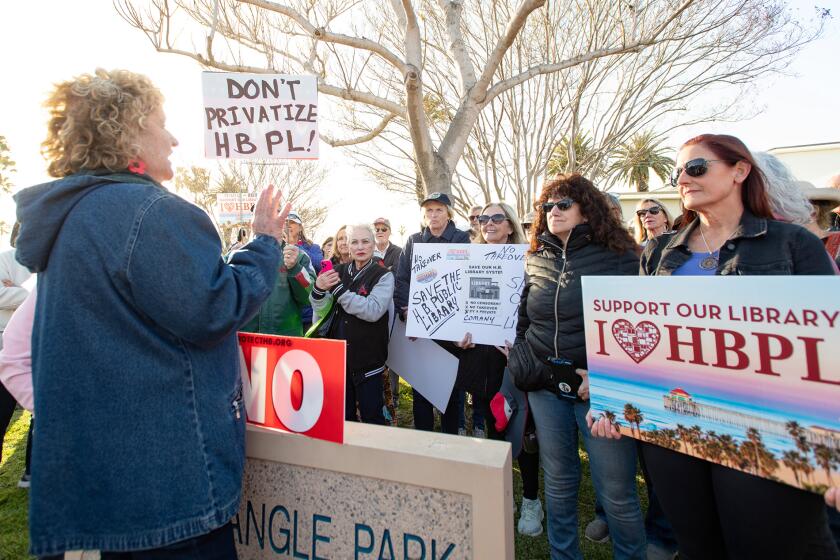Corona del Mar Today: AERIE project back on Coastal Commission agenda
The AERIE project — denied Coastal Commission approval last spring — has been revised and reduced and will go back before the agency in March.
The Coastal Commission’s agenda lists the project on the March 9 agenda for a meeting in Santa Cruz. No staff report has been posted.
In a recent interview, owner Rick Julian said he has downscaled the project and believes he has done everything the Coastal Commissioners requested.
“I’m so tired of this,” Julian said. “I wanted to either get rid of the property or do something.”
Julian spent years working on plans to replace an apartment building on Carnation Avenue at Ocean Boulevard, and finally in July 2009, the Newport Beach City Council voted 4 to 2 to approve it. In April 2010, a Coastal Commission staff report recommended the Commission approve the project.
During that Coastal Commission hearing, however, several commissioners expressed concerns over the excavation of coastal bluff.
“I do feel this would set an unnecessary and dangerous precedent,” said Commissioner Esther Sanchez. And Commissioner Sara Wan said Julian’s plans “essentially take out the whole inside of the bluff.”
In the end, the commissioners voted 7 to 5 to deny the application.
The decision, Julian said, was a blow.
“I’m dead, I’m beaten, I’m bloody,” he remembered thinking at the time.
But after talking to friends and family members, Julian decided to take the Coastal Commission’s objections to heart. He and architect Brion Jeannette reduced the project from eight units to seven and removed a garage elevator from the plans.
The new project has four levels on one side and three from another, with two levels of garage space squeezed so they go just slightly underground. One unit less meant fewer guest parking spaces, and ceiling heights in the parking area were lowered to eight feet, Julian said.
The city of Newport Beach approved the new plans. Because the city had approved the old plans, and the new plans were smaller, no hearings were held, city officials said.
Earlier this winter, the Coastal Commission voted 7 to 3 against another Corona del Mar project that involved excavation of coastal bluff.
That project would have replaced a home at 3225 Ocean Boulevard with a 4,700 square foot new home that required an approximate 46-foot wide by 37-foot deep by 19-foot high notch excavation into the bluff face. A garage below would have been accessed by a tunnel. Jeannette is architect for this project and the AERIE project.
*
Residents group votes to support sharrows
The Corona del Mar Residents Assn. board voted 7 to 4 Thursday to support painting share-the-road or “sharrow” symbols on Coast Highway between Begonia Avenue and Hazel Drive.
“Most people think, ‘What are the cyclists doing in my lane?’” said Secretary Liz Torelli. “But that’s the law.”
The group heard a short presentation from two members of the Newport Beach Bicycle Safety Committee, explaining sharrows as well as other options, like alternate routes that cyclists could take to avoid the narrow Coast Highway traffic lanes.
Committee member Tony Petros explained that cyclists are required to ride to the far right of a traffic lane and should be single file. But if they ride so they won’t get “doored” or hit by a parked car’s door as it opens, the cyclist will be in a traffic lane — and riding legally. Committee member Sean Matsler also attended the meeting, and both men answered questions about rules for cyclists and other projects the committee is tackling like bike maps and improving relationships between motorists and cyclists.
“I’m a big supporter of sharrows,” said CdMRA board member Michael Toerge, who said he also is a regular cyclist. “It’s not changing any law. It’s just reinforcing them.”
A few board members said they would prefer to get more input from residents, perhaps at the group’s annual meeting in April, before making a recommendation. One member thought that adding sharrows would encourage reckless cycling.
After the vote, CdMRA President Karen Tringali said they would draft a letter of support and send it to the Cycling Committee. Committee members also are welcome to have an informational booth at the April annual meeting.
*
Dolphin topiaries Inspires Oregon town
Corona del Mar has its dolphin topiaries. And one day, Beaverton, Ore., might get — you got it — floral beavers in the entrance to their community.
Former SoCal resident Amy Eschele is pushing for the Beaverton beavers, an idea inspired by the Corona del Mar dolphins that she would drive by when she lived in Newport Beach in the 1990s.
“My boyfriend-now-husband lived in northern San Diego County,” Eschele said in a recent interview. “I had a little Miata, and I’d cruise down to see him. The dolphins were such a landmark. It was always fun. They were always really cute. It made Corona del Mar seem like a close-knit community, like they celebrated the town.”
Eventually, Eschele moved and the trips through the village in her little white convertible came to an end. But in Beaverton, she said, there is a similar community spirit, along with an empty space on Murray Boulevard where she thinks topiary mascots would be a perfect fit.
“There’s nothing there to make it stand out,” she said. “I think it would be fun to have beavers.”
Eschele contacted Newport Beach officials and has been in touch with the Corona del Mar Chamber of Commerce, researching how the dolphin topiaries came to be.
City staff told her that when the dolphins were last replaced, bids ranged from $250 per topiary (from a hobbyist) to $1,000 per topiary by a professional gardener. The dolphins, she said, are 7 feet tall. But beavers would have to be 8 or 9 feet tall, she said.
Like Corona del Mar, the topiaries would be placed in two areas, but while Corona del Mar has 12 dolphins, Eschele thinks 10 beavers would do.
Eschele has talked to the Beaverton city manager as well as members of the city’s Arts Commission, all of whom were receptive to the idea. Now, though, she needs to find an artist to create a rendition to help with fundraising, and then raise money or find grants to fund the project.
“I’m thinking about how the dolphins can dive and have fun, but what could we have beavers do?” she said.
In Corona del Mar, the dolphins’ holiday decorations have divided the community. Some think it’s great, and others feel it degrades the poor plants. An online poll on the Chamber of Commerce website shows 74% of voters in support with the rest against.
So we asked: If the beaver topiaries become a reality, would they be dressed for holidays?
“I would gladly volunteer to decorate them,” Eschele said. “I think it would be fun.”
Corona del Mar’s topiaries were installed in 1993, said Patty McDonald, a part-time Corona del Mar resident who thought of the idea.
In the early 1990s, she said, Corona del Mar had a shabby, tired feel. The medians at Marguerite and Coast Highway were weed-choked and ugly.
“It was what I called a dump,” said Don Glasgow, a former Corona del Mar resident who was active in the Chamber of Commerce and the Business Improvement District at the time. “Corona del Mar is a big deal to me, and we needed to do something with the center of town.”
All the latest on Orange County from Orange County.
Get our free TimesOC newsletter.
You may occasionally receive promotional content from the Daily Pilot.



